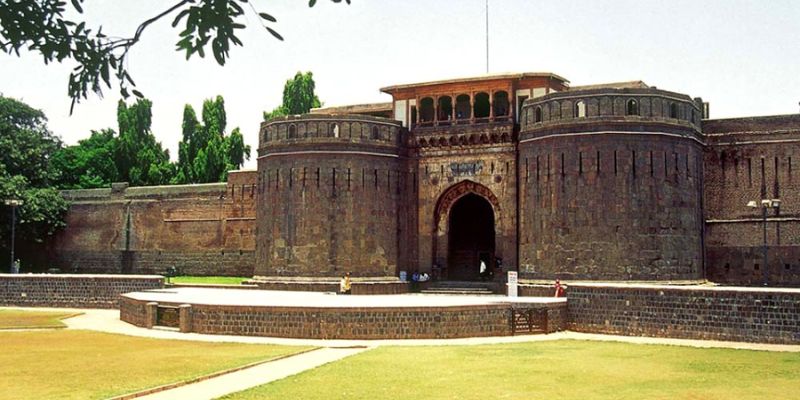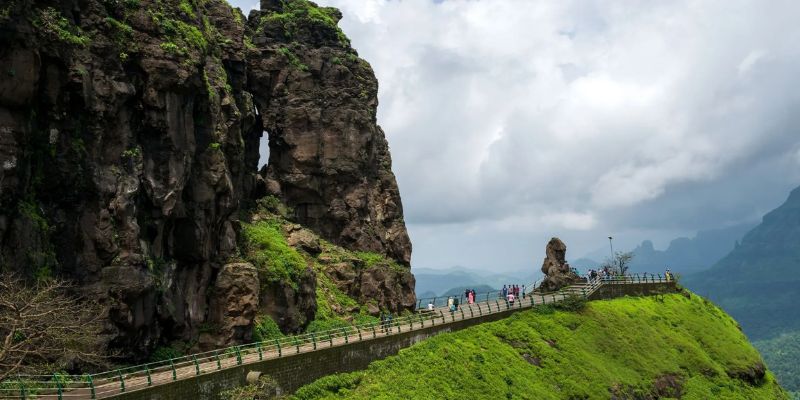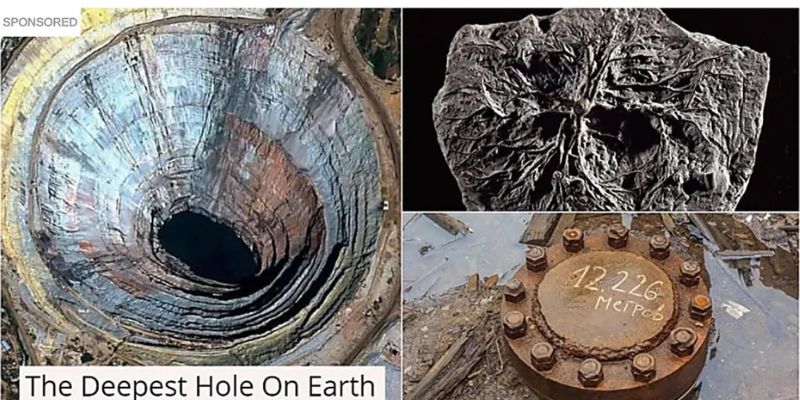Pune is a city steeped in culture and history, rooted in mythology. It has been home to rulers from the powerful Peshwa Dynasty, who have all left their stamp on the city. Pune has seen its fair share of battles and political intrigues, making it an intriguing place for tourists exploring India's rich past.
From old temples, cenotaph, and palaces to art galleries, museums, and ancient libraries – Pune is full of sites that offer glimpses into the region’s long and varied legacy. We will take you through some of Pune's most iconic historical places that will leave lasting impressions.
Top Historical Places In Pune
Aga Khan Palace, Pune

Built-in 1892, the Agha Khan Palace is a magnificent structure that provides deep insight into India’s struggle for independence. The palace served as Mahatma Gandhi's prison when he was arrested in 1942 during the Quit India Movement.
Today, it houses a museum dedicated to his life and legacy, which showcases photos and memorabilia from his historic campaign against British rule. The palace also contains beautiful gardens, making it an ideal spot to spend some time away from the hustle of city life.
Shaniwar Wada, Pune

Shaniwar Wada is one of the most iconic monuments in Pune. It was built in 1732 by Peshwa Bajirao I and served as the seat of power for the Maratha Empire until 1818. The fort-like palace is now a crumbling ruin with only its formidable perimeter walls still standing tall.
Nevertheless, it attracts tourists to explore its many secret passages and view the nearby river. A light and sound show is also held here every evening, which brings alive the grandeur of this ancient royal residence.
Sinhagad Fort, Pune
Sinhagad Fort is a historic hill fort located in the Western Ghats, about 30 km from Pune. It was originally built by Raja Bhoj during the 11th century and later conquered by Shivaji Maharaj to serve as one of his most important strongholds.
The fortress offers stunning views of the surrounding scenery and houses several ancient structures like temples, watchtowers, and ponds. It also has some spectacular rock-cut staircases that make for an exhilarating climb up to the top of the fort.
Raja Dinkar Kelkar Museum, Pune
The Raja Dinkar Kelkar Museum is an icon of Indian culture and history in Pune. It houses over 20,000 artifacts collected from all over the country, including vintage furniture, musical instruments, paintings, sculptures, and carvings.
This museum is a must-visit for anyone interested in getting an up-close look at India's traditional craftsmanship and culture. It also features a delightful garden that adds to its charm and provides a peaceful respite from the hustle of city life.
Lohagad Fort, Pune
Lohagad Fort is a majestic hill fort in the Western Ghats near Lonavala. Shivaji Maharaj built it, an important strategic stronghold for the Maratha empire. Today, it offers breathtaking views of the nearby scenery and houses ancient structures like temples, watchtowers, staircases, and dams. The climb up to the top of the fort is quite steep but worth it for its spectacular views of nature and history!
Saras Baug, Pune
Saras Baug is a historic garden complex in Pune that dates back to 1784. It comprises several gardens with lush greenery and a temple dedicated to Lord Ganesha. It also houses a few other monuments like a Dargah, a memorial to the Peshwas, and some ancient burial sites. The gardens provide an oasis of peace and tranquillity in the city and a popular spot for picnics and light evening strolls.
Shivneri Fort, Pune
Shivneri Fort is a majestic hill fort located in the district of Junnar, about 90 km from Pune. It is known as the birthplace of Chhatrapati Shivaji Maharaj and was an important stronghold for him during his reign.
The fort offers stunning views of the surrounding scenery and houses several ancient structures like temples, watchtowers, and dams. Its steep climb up to the top is challenging but worth it for its spectacular views.
Vishrambaug Wada, Pune
Vishrambaug Wada is one of Pune's oldest surviving residential structures, dating back to 1746. It was built by Bajirao Peshwa I and served as his residence during his stay in the city.
Today, it is an iconic reminder of the Maratha empire’s grandeur and offers a fascinating glimpse into India's past. The complex houses several old structures like courtyards, balconies, terraces, and a temple dedicated to Lord Ganesha.
Nana Wada, Pune
Nana Wada is an iconic palace located in the heart of Pune. Built in 1788, it served as the seat of power for Nana Phadnavis, one of the most significant figures in the Maratha empire.
The palace comprises several courtyards and balconies with lovely views and a museum dedicated to his life and legacy. It also has a beautiful garden that adds to its charm and provides a peaceful respite from the hustle of city life.
Bhide Wada, Pune
Bhide Wada is an old palace built in 1772 and served as the residence for Bajirao Peshwa I. The palace comprises several grand courtyards with lovely views and a museum dedicated to his life and legacy. It also has a beautiful garden that adds to its charm and provides a peaceful respite from the hustle of city life.
Tulshibaug Wada, Pune
Tulshibaug Wada is one of Pune's oldest surviving residential structures, dating back to 1721. It served as the residence for Balaji Baji Rao, one of the most influential figures during Maratha's rule. The palace has several grand courtyards, balconies, and terraces with lovely views. It also houses a temple dedicated to Lord Ganesha and provides a peaceful respite from the hustle of city life.
Shinde Chhatri, Pune
Shinde Chhatri is a memorial built to commemorate the life of Mahadji Shinde, one of the most influential Maratha rulers. The memorial has an imposing structure that shows the grandeur and power of his reign. It also houses a museum dedicated to his legacy, which showcases photos and memorabilia from his historic campaigns.
The complex has several courtyards, terraces, and balconies with lovely views - making it an ideal spot for a peaceful evening stroll.
These are some of the many historical places that can be explored in Pune. Each offers unique glimpses into India's culture, architecture, and history – sure to leave lasting impressions on any visitor! With its long-standing heritage and vibrant culture, Pune is sure to make your visit a memorable one. So explore these historic sites and get ready to go back in time.
FAQS
Why is Pune called history?
Pune is called the city of history because it has many historical places and monuments that date back centuries. These include forts, palaces, temples, and museums that offer fascinating glimpses into India's culture and heritage.
Which language is spoken in Pune?
The official language of Pune is Marathi, spoken by most inhabitants. Other languages commonly spoken in Pune include Hindi, English, and Kannada.
Which is the best month for a visit to Pune?
The best time to visit Pune is from October to March, when the weather is pleasant and ideal for exploring. However, if you're looking for a more festive atmosphere, December and January are the best months as they coincide with several festivals like Ganesh Chaturthi and Makar Sankranti.
Conclusion
The historical places in Pune offer a unique opportunity to explore the past and delve into its many hidden secrets. The city beckons visitors to explore its thriving heritage, with each landmark revealing some untold tale. Each location provides a story, from ancient buildings to forts and religious sites, surrounded by engaging views and peaceful vibes. From picturesque locations like Sinhagad Fort to places of great importance such as Dagdushet Ganpati Temple, Pune can take any visitor through a journey treasured for life. Through this blog post, we hoped to bring alive the fascinating stories of these places so that more people could appreciate their intriguing beauty.




